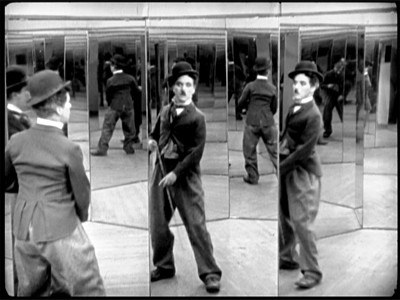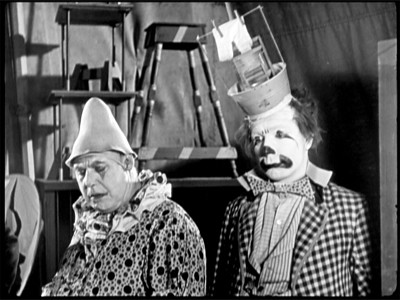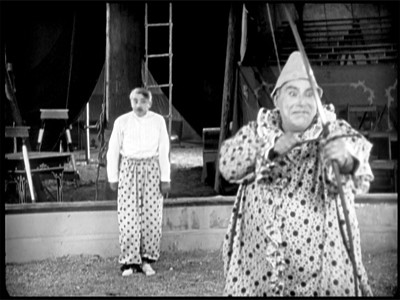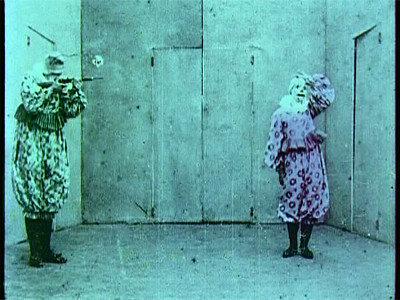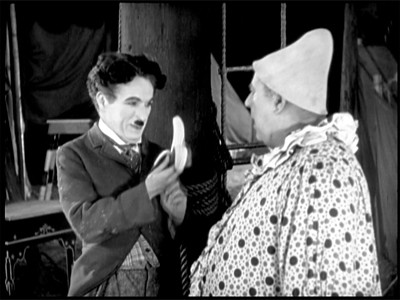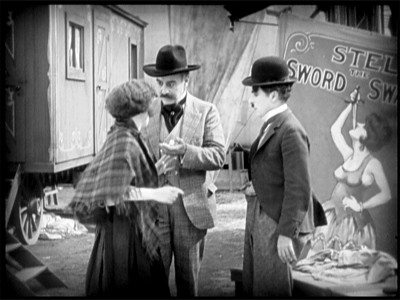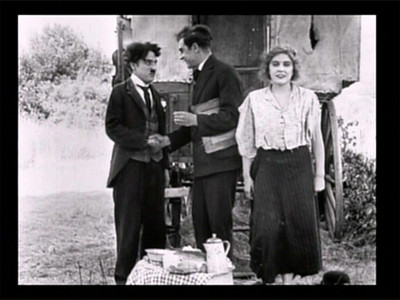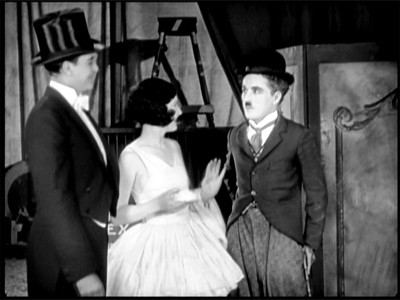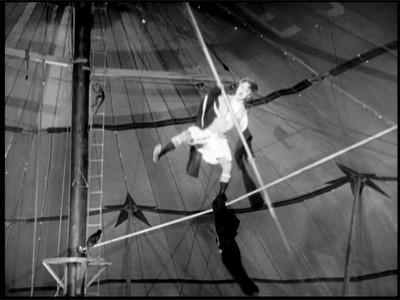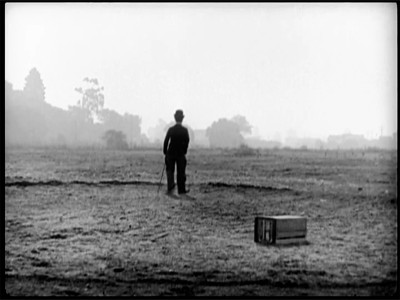

The Jazz Singer (1927)
DIRECTED BY: Alan Crosland
STARRING: Al Jolson, May McAvoy, Warner Oland
WON: Honorary Award (For producing The Jazz Singer, the pioneer outstanding talking picture, which has revolutionized the industry)
NOMINATED FOR: Best Writing, Adaptation (Alfred A. Cohn)
Lately, I've been blind-sided by the state of life. At this time last year, I was far less concerned about my economic status, far less concerned about if my car was functioning correctly, far less concerned about the policy changes at my job. The things I was more concerned about I've almost completely forgotten.
I've been in so many good places in my life, and inside I'd beg for things to stay this way. Change is almost nothing but destructive. Change kills many great things.
The Jazz Singer carries the stench of death...
*snicker*
Sorry, I'm being corny. As much as I want to make The Jazz Singer out as a Hollywood serial killer who killed the era of silent films and more then half of the people involved, it'd be closer to the truth to call it some mentally handicapped guy who accidentally ran over the silent film industry with his parent's car. It's fame and infamy are purely by chance, and not at all earned.
The Jazz Singer was not the first sound film. Thomas Edison managed to sync sound almost right after inventing film, and the twenty years before The Jazz Singer led to dozens of examples.
The Jazz Singer was not the first full-length film with sound. Don Juan came out a year earlier with a synced music soundtrack and sound effects. Sunrise came out a month earlier, also with music and soundtrack, and even background dialogue.
The Jazz Singer was not the first full-length film with synced dialogue. For the most part, it's a silent film, intertitles and all, with dialogue only popping up in two scenes. The first "talkie" wouldn't come for another year, in the form of Lights of New York.
The Jazz Singer was not made with the most innovative technology available. Fox Studio's sound-on-film system surpasses Warner Bros' sound-on-disk system in just about every way. Sound-on-film didn't get unsynchronized, it didn't wear out nearly as fast, and it allowed for more portable cameras.
The Jazz Singer was not a good film. Not in the slightest. Some people are still rolling their eyes over it's high melodrama and over the top acting. It's the worse film I've reviewed thus far.
The Jazz Singer is not a comfortable film. Even ignoring it's history as a silent film killer. I don't care how often you say "that was just how things worked back then," the famous blackface scenes make my stomach turn. Less talked about is the film's strong Jewish stereotype. There isn't as many numbers on just how offensive Jew stereotypes are, but this film like two kinds of uncomfort sandwiching some cheesy old musical numbers.
The Jazz Singer was merely the first successful film with some sound in it. And, I guess, that's all it took to kill silent pictures.
And with this, we finish the 1st Academy Awards. The film industry would recover eventually. It's like a phoenix, it becomes reborn in it's own ashes. Unfortunately, ashes are all we have to look at as we enter the 2nd Academy Awards...

